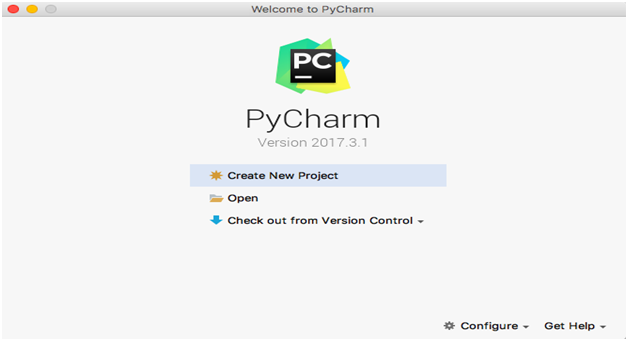PyCharm provides methods for installing, uninstalling, and upgrading Python packages for a particular Python interpreter. By default, PyCharm uses pip to manage project packages. For Conda environments you can use the conda package manager.
To manage Python packages for the Python interpreter, select the Python Interpreter page in the project Settings/Preferences or select Interpreter Settings in the Python Interpreter selector on the Status bar.
Install, uninstall, and upgrade packages. PyCharm provides methods for installing, uninstalling, and upgrading Python packages for a particular Python interpreter. By default, PyCharm uses pip to manage project packages. For Conda environments you can use the conda package manager. 安装所需包 概述 之前一直使用anaconda + vscode做python。但是mac OS更新完10.15自动把python给我卸载了,anaconda也用不了,下载最新的anaconda也安装不上。感觉新版本的MAC OS做的安全检查限制太多了。然后直接下个PyCharm来使。 1.
If you select a Python interpreter with the configured Conda environment, the Use Conda Package Manager toggle appears in the packages area toolbar.
Use this toggle to manage packages from the Conda environment repository. By default, this toggle is switched off and you can manage only the packages available with the selected Python interpreter.
Install a package
Click the button on the package toolbar.
In the Available Packages dialog that opens, preview the list of the available packages.
To specify a custom repository, including devpi or PyPi, click Manage Repositories.
In the Manage Repositories dialog that opens, click to add a URL of a local repository, for example, http://localhost:3141/root/pypi/+simple/, then click OK. In the Available Packages dialog, click to reload the list of the packages.To install a package from VCS, you need to switch to the Terminal window and execute the following command for the target Python interpreter:
pip install git+https://github.com/<rest of the address>. See Installing Python packages from VCS for more details.Type the name of the package to install in the Search field. The list shrinks to show the matching packages only.
If required, select the following checkboxes:
Specify version: if this checkbox is selected, you can select the desired version from the list of available versions. By default, the latest version is taken.
Options: If this checkbox is selected, you can type the
pip installcommand-line options in the text field.Install to user's site packages directory <path>: If this checkbox is left cleared (by default), then the packages will be installed into the current interpreter package directory. If the checkbox is selected, the packages will be installed into the specified directory. This option is not available for Conda environments.
Select the target package and click Install Package.
If you've got any or error messages, consult the Troubleshooting guide for a solution.

Uninstall a package
In the list of the packages, select the packages to be removed.
Click Uninstall ( ). The selected packages are removed from disk.


PyCharm smartly tracks the status of packages and recognizes outdated versions by showing the number of the currently installed package version (column Version ), and the latest available version (column Latest version ). When a newer version of a package is detected, PyCharm marks it with the arrow sign and suggests to upgrade it.

Pycharm Mac Install Brew
By default, the Latest version column shows only stable versions of the packages. If you want to extend the scope of the latest available versions to any pre-release versions (such as beta or release candidate ), click Show early releases.
Upgrade a package
Pycharm Mac Installer
In the list of the packages, select the package to be upgraded.
Click Upgrade ( ).
The selected packages are upgraded to the latest available versions.
Click OK to complete upgrading.
You can upgrade several packages at once. Hold Cmd (macOS) or Ctrl on (Unix or Windows), left-click to select several items in the list of packages, and then click Upgrade.
If you're accustomed to installing packages from the commands line, you can proceed with your workflow using the Terminal.
Mac Install Python Pycharm
Reuse installed packages
Pycharm Mac Install
Create a new virtual environment and install packages that you want to be used in other projects. Then you can specify this virtual environment as a Python interpreter for the target project and all the needed packages will be available.
In the Terminal window execute the following command:
pip freeze > requirements.txtThen add the created
requirements.txtfile to the target project and PyCharm will prompt you to install the packages listed in the file.

